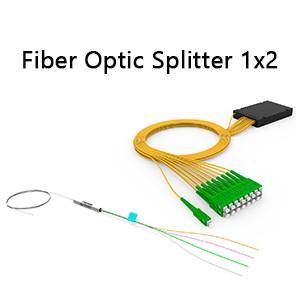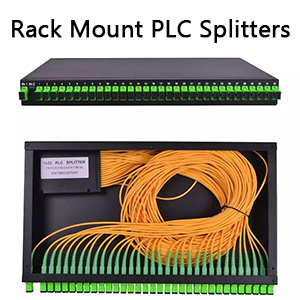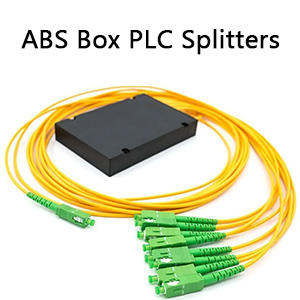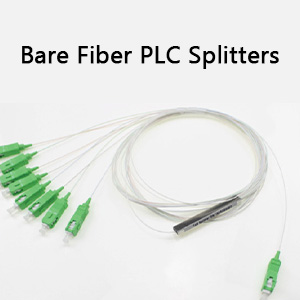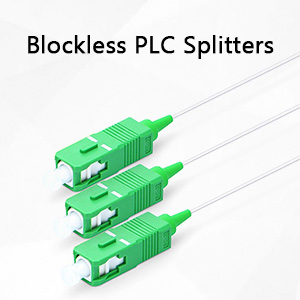In fiber optic communication systems, passive components are indispensable devices that play a crucial role in managing and routing light signals without the need for an external power source. These components help guide, filter, or attenuate light signals, ensuring the efficient transmission of data over optical fibers. Unlike active components, passive components do not amplify signals or require power to operate, making them both cost-effective and reliable in various network environments. Below, we explore some of the most important passive components and their roles in fiber optic networks.
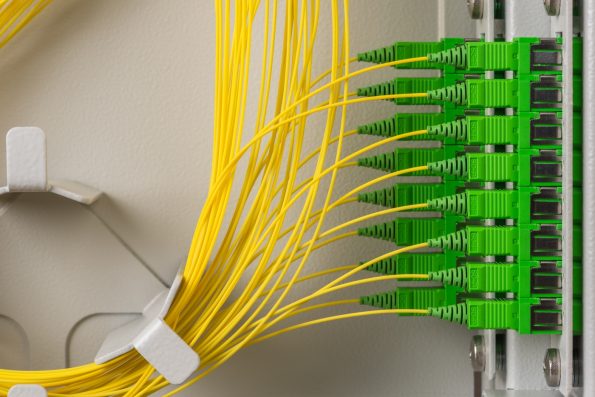
The Role of Fiber Collimators
Fiber collimators are used to align and direct light from a fiber optic cable into free space or other optical components. They produce a collimated beam of light—meaning the light rays travel parallel to each other, which is essential for long-distance signal transmission or coupling light into another optical device.
Fiber collimators are commonly used in laser systems, optical isolators, and testing environments to ensure precise alignment of optical signals. Their ability to focus and control light beams makes them indispensable in optical systems where accuracy and signal integrity are critical.
Optical Isolators: Protecting the Light Path
Optical isolators are passive components designed to allow light to travel in only one direction, preventing any reflected light from traveling back into the source. This is particularly important in laser systems, where back reflections can destabilize the light source or damage sensitive equipment.
These isolators are frequently found in telecommunications networks and fiber laser systems. By preventing unwanted reflections, optical isolators help maintain the integrity of the signal and enhance the overall performance of the network.
Filter Fiber Splitters: Dividing the Light
Filter fiber splitters are passive devices used to divide optical signals into multiple parts based on wavelength. These devices are particularly useful in wavelength division multiplexing (WDM) systems, where different wavelengths of light carry different data streams over a single fiber.
By separating specific wavelengths, filter fiber splitters allow multiple signals to be transmitted simultaneously, maximizing the capacity of a fiber optic network. This technology is widely used in telecommunications and data centers where high-speed data transmission is crucial.
Optical Switches: Redirecting Optical Signals
Optical switches are passive components that enable the redirection of optical signals from one fiber to another. They are commonly used in fiber optic networks to switch between different transmission paths, often for fault tolerance or load balancing.
Optical switches play a critical role in data centers and large-scale telecommunications networks where multiple paths are needed for redundancy and efficient traffic management. These switches ensure that data can continue to flow smoothly, even if one path experiences congestion or failure.
Optical Attenuators: Controlling Light Intensity
Optical attenuators are passive components used to reduce the power level of an optical signal. They are commonly employed in situations where the signal strength is too high and needs to be lowered to avoid saturating the receiving end of the system.
Attenuators are essential in both short- and long-distance communication networks, helping to balance signal strength across various distances. By fine-tuning the signal, they prevent overloading and ensure that data is transmitted with minimal loss.
Optical Circulators: Managing Directional Traffic
Optical circulators are three-port passive devices that direct light to travel in a single direction around the ports. These components are useful in bidirectional communication systems, where light needs to travel in both directions over the same fiber but be routed to different devices.
Circulators are often used in conjunction with WDM systems and optical isolators to manage complex signal routing. Their ability to handle directional light makes them invaluable in advanced communication systems where space and efficiency are key concerns.
Conclusion
Passive components are the backbone of any fiber optic communication system, ensuring that light signals are directed, filtered, and managed without the need for external power. From fiber collimators that align light beams to optical attenuators that control signal strength, each component plays a vital role in maintaining the integrity and efficiency of optical networks. These components are widely used in telecommunications, data centers, and laser systems, where high-performance, reliable connections are essential. Understanding the functions and applications of these passive devices allows network engineers to build robust and scalable fiber optic systems.

